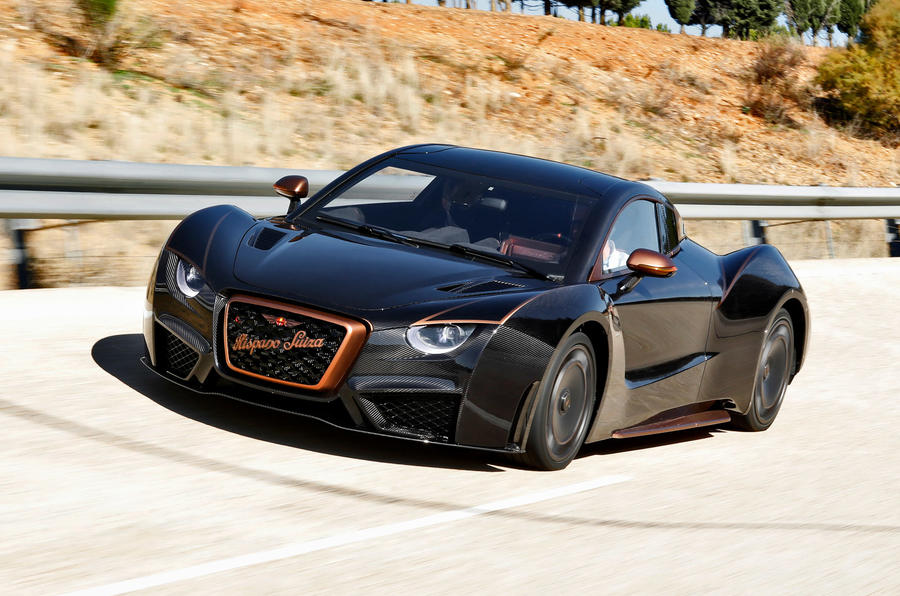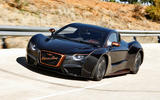Long-dead marques have been revived before, but few that have been dormant for as long as Hispano Suiza.
The Spanish manufacturer produced 12,000 cars in the first half of the 20th century but hasn’t made one since 1946. That's changing with the arrival of the Carmen, an electric luxury EV offering the otherworldly combination of a four-figure power output and a seven-figure price tag.
This new car has been created by Barcelona-based QEV Technologies, but there is a genuine family connection to Hispano Suiza’s original incarnation, company president Miguel Suqué Mateu being the great-grandson of co-founder Damián Mateu.
The plan is to make 19 examples of the regular Carmen, which can boast 1005bhp and a €1.5 million pre-tax price, plus five examples of the Carmen Boulogne, which has 1099bhp, more dynamic focus and will cost €1.65m before tax.
The Carmen is about as carbon-intensive as it's possible for a car to be, with its bodywork, its central monocoque structure and the subframes mounted to this front and rear all made from woven composite; and suspension components for the all-round double wishbones made from an aircraft-grade aluminium alloy.
Unusually for a high-output EV, the Carmen is rear-driven only, with power supplied by four lightweight permanent-magnet synchronous electric motors. A pair drives each rear wheel through a single-speed reduction gearbox. Although both sides are mechanically separate, they're linked by what's described as a "virtual differential" traction management programme that affords torque vectoring.




































